What is a Solar Cell Made of?
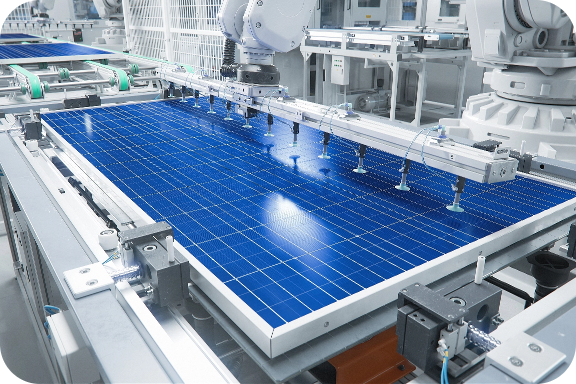
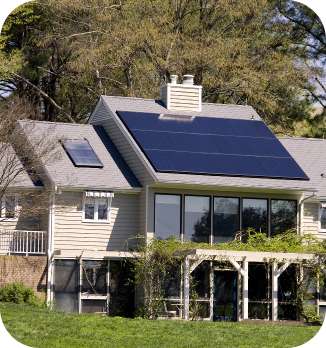
Solar energy is one of the most popular sources of clean and renewable energy, and many people are switching to a solar home. Solar allows for homeowners to produce their own power from panels installed on their roof which can result in lower electricity costs in both the short and the long term. This approach to home energy has gained steam in the last decade as the costs of solar panel manufacturing have come down and government incentives have made it easier for homeowners to make the investment.
But how can solar systems turn sunlight into energy to power a house? The answer is solar cells. They work hard to keep your lights and appliances running. Below we’ll discuss what a solar cell is made of and how solar cells work.
What are Solar Cells?
Solar cells are the part of a solar panel that converts sunlight into energy that can power homes and businesses. Because solar cells just use sunlight, they’re a clean and renewable energy source and can help reduce our reliance on fossil fuels.
What are Solar Cells Made of?
Manufacturers can use several types of materials to create solar cells. Below is an overview of these materials and how they differ.
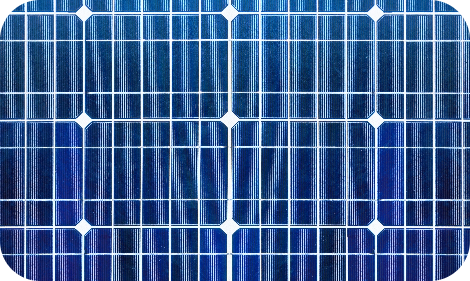
Did you know?
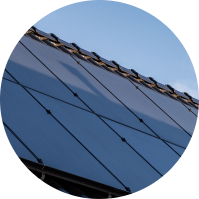
Silicon
Silicon is what most solar cells are made of. Manufacturers make silicon cells by using single-crystal or polycrystalline silicon. These cells are very efficient at converting sunlight into energy and have a long lifespan. They’ve also been around for several decades and have been optimized for high power conversion efficiency.
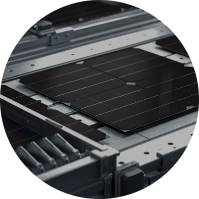
Thin-Film Photovoltaics
Thin-film photovoltaic cells (PV) come from thin layers of semiconductor material, usually set into glass or plastic. They’re lightweight, flexible, and can cost less to produce than traditional silicon solar cells. However, they’re generally less efficient than silicon solar cells. Manufacturers use several materials to make PVs, such as cadmium telluride, copper indium gallium selenide, and amorphous silicon.

Perovskite Photovoltaics
Perovskite photovoltaic cells are relatively new and have recently attracted a lot of attention. They come from a perovskite-structured compound — a material with a specific crystal structure. Perovskite cells can be very efficient at converting sunlight into energy. However, researchers are still trying to improve their durability.
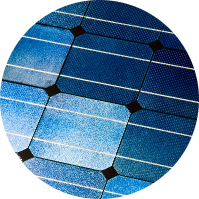
Organic Photovoltaics
Organic photovoltaic cells (OPVs) come from organic materials like polymers. OPVs are lightweight, flexible, and low-cost. Manufacturers can also produce them with a solution-based process that is less expensive than traditional manufacturing methods. However, in most instances, these solar cells work less efficiently than silicon cells.
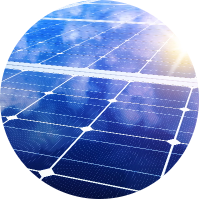
Quantum Dots
Quantum dots are tiny particles that absorb light at specific wavelengths and can produce an electric current. Quantum dot solar cells may be very efficient and made at a lower cost than silicon cells. However, researchers are still working to improve their performance.

Concentration Photovoltaics
Concentration photovoltaic cells (CPV) use special lenses to focus the sunlight onto the cells. This high concentration of sunlight helps the solar cells work more efficiently and produce more energy. They’re often used in big solar power plants and can be more efficient than traditional silicon cells. However, they’re usually more expensive and need special systems to keep them pointed at the sun.
Solar Cell Manufacturing Process
Silicon solar cells have been around since the 1950s.Since then, researchers and manufacturers have been working to simplify the manufacturing process. While it’s easier to make a solar cell today than it was just a few decades ago, it still takes quite a few steps to get it right. Here’s what each step entails.
Making Silicon Wafers
A solar cell is made of purified silicon. Silicon is a common element, but it’s difficult to find in its pure form. Manufacturers must take it from other materials and refine it until it’s pure. After silicon is purified, manufacturers can use it to grow a single crystal using what’s known as the Czochralski process. This process involves placing a small crystal into the molten silicon and slowly pulling it out to create a long, cylindrical crystal.
Once the crystal is grown, manufacturers use a diamond saw to slice it into thin waters. These wafers are then polished until they’re very smooth.
Doping, Electrical Contacts, and Anti-Reflective Coating
Next, manufacturers add small amounts of other elements like boron or phosphorus to the wafers. Adding impurities to the silicon is known as doping, and it helps create the p-n junctions solar cells need to function. After creating the p-n junctions, manufacturers add electrical contacts to the solar cell to collect generated energy. These contacts are usually made from metals like aluminum and silver. They’re placed on the front and back of the solar cells.
Manufacturers also add a special anti-reflective coating made from silicon dioxide or titanium dioxide to the front of the solar cell. This coating increases the cell’s efficiency by preventing light from being reflected away from the cell.
From Solar Cell to Solar Panel
After assembly, manufacturers encapsulate the solar cell to protect it from the environment. They do this by putting the cell between two layers of glass or plastic. Manufacturers then connect multiple solar cells to create a solar panel. They can combine panels to form a solar array. The size and set-up of solar arrays will depend on where the solar panels will be installed and how much energy they need to produce.
How Do Solar Cells Work?
Solar cells are an amazing technology that turns sunlight into energy that can power homes and businesses. Here’s how they work.

Turning Sunlight into Power
A solar cell is made of a material called a semiconductor that turns sunlight into energy. When sunlight hits solar cells, it causes some of the electrons in the semiconductor to move around, creating an electric current. Solar cells are specially designed to keep the electric current flowing in one direction, allowing us to use them as a power source.
The Future of Solar Cells
Solar cells are transforming the energy landscape, but researchers are still working hard to improve their efficiency and lower costs. New technologies have proven to surpass the limitations of traditional silicon-based solar cells.
Learn More From Axia Solar
Knowing what solar cells are made of and how solar cells work can help us better appreciate the benefits of solar energy. At Axia Solar, we understand how valuable the sun can be as an energy source and want to help our customers reap the benefits of a solar-powered home. Whether you’re ready to install solar panels or want to learn more about solar technology, we can help. Contact us today to learn more!